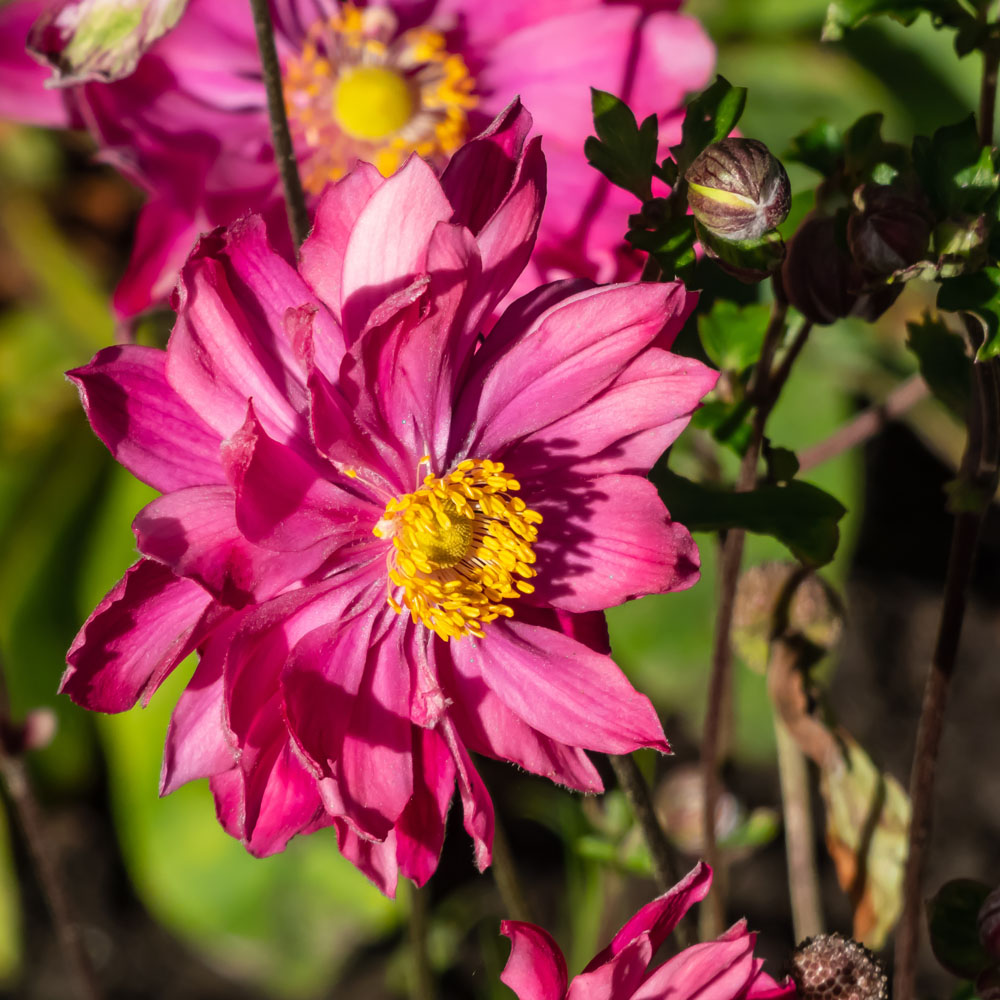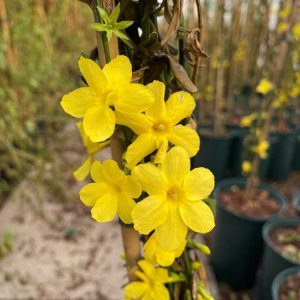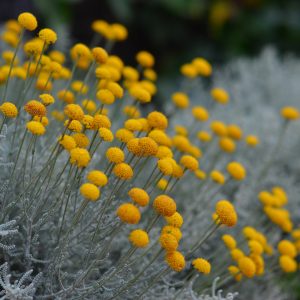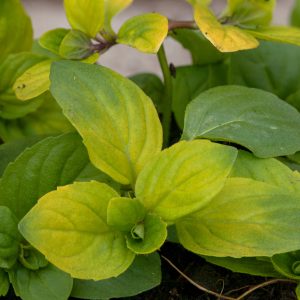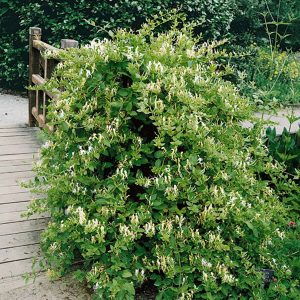Description
Anemone are generally split into two sections with Spring flowering anemones and then the Japanese anemones which flower in Autumn. Anemone coronaria is a Mediterranean, Spring flowering anemone which likes a sheltered position in full sun. Growing from tubers they can be found as bulbs for planting in Autumn or as potted plants in Spring. Some varieties are only half hardy and require some Winter protection, normally provided by mulching the area above the tubers.
Key Facts
- Common Name(s):Japanese Anemone ‘Prince Henry’
- Hardiness:Fully hardy
- How big will I get? Anemone japonica ‘Prince Henry’ can grow to a height of 1m and a spread of 0.7m.
- Did You Know That:Anemone means ‘daughter of the wind’?
Plant Calendar
A rough guide to how this plant will change through the year.
| Jan | Feb | Mar | Apr | May | June | July | Aug | Sept | Oct | Nov | Dec | |
| Flowering Time |  |
 |
||||||||||
| Foliage Colour |  |
 |
 |
 |
 |
 |
| J | F | M | A | M | J | J | A | S | O | N | D |
 |
 |
||||||||||
 |
 |
 |
 |
 |
 |
Care Guide

Soil Requirements
Anemone japonica ‘Prince Henry’ prefers moist but well-draining soil. This plant can grow in soil with a wide range of pH levels, it is not picky about the pH level of the soil.

Best Position
Anemone japonica ‘Prince Henry’ can handle either an exposed or a sheltered position and can cope with either full sun or partial shade.

Maintenance
Anemone japonica ‘Prince Henry’ should be cut back after it finishes flowering will promote growth the following year by redirecting energy from seed production and foliage maintenance to root growth.

Pest, Diseases and Wildlife
Anemone japonica ‘Prince Henry’ can have problems with leaf and bud eelworms, it can be vulnerable to certain diseases such as powdery mildews. It is also known to attract bees. It is considered to be toxic.
